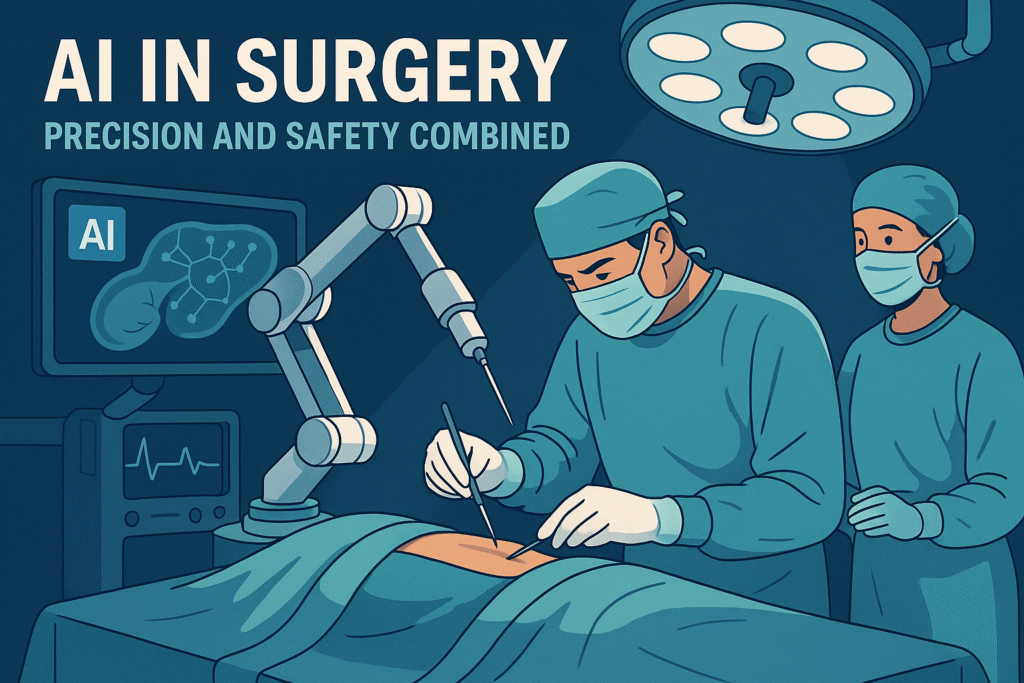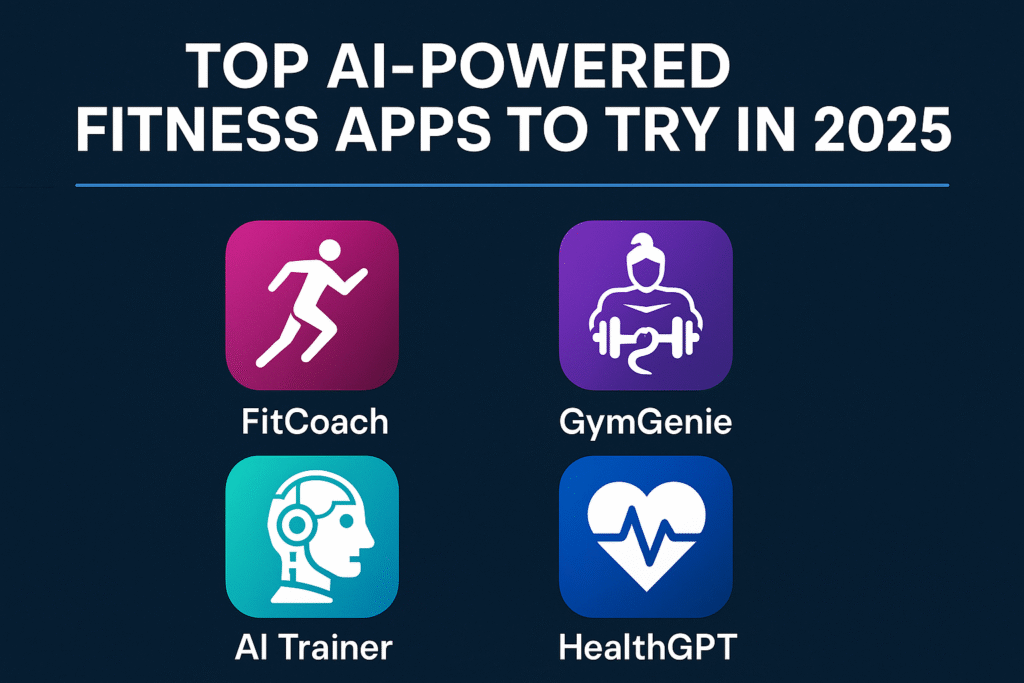🔬 AI in Surgery: How Precision & Safety Are Being Transformed in 2025
AI in surgery is redefining precision, reducing risk, and boosting patient safety. Discover how robotic surgery and predictive analytics work together at AiBlogQuest.com.
🏥 Introduction: The Rise of Surgical Intelligence
The scalpel is getting an upgrade—and it’s powered by artificial intelligence. In 2025, AI in surgery is no longer science fiction. It’s a reality that’s transforming operating rooms with unparalleled precision, real-time decision-making, and safer patient outcomes.
At AiBlogQuest.com, we explore how AI is enhancing every stage of surgery—from pre-op planning to post-op recovery.
🧠 What Is AI in Surgery?
AI in surgery refers to the use of artificial intelligence and machine learning algorithms to:
-
Plan procedures
-
Assist in real-time decision-making
-
Control robotic surgical instruments
-
Analyze patient data and images
-
Predict post-operative complications
These AI systems work alongside human surgeons—not to replace them, but to enhance precision and safety.
⚙️ How AI Enhances Surgical Procedures
1. 📋 Pre-Operative Planning
AI analyzes medical images (MRI, CT) to create 3D surgical maps, highlighting:
-
Tumor boundaries
-
Nerve locations
-
Blood vessel paths
✅ Example: AI-powered planning platforms like Medtronic’s Mazor X help surgeons navigate complex spinal surgeries.
2. 🤖 Robotic-Assisted Surgery
AI controls robotic arms for ultra-precise movements. Benefits include:
-
Smaller incisions
-
Faster recovery
-
Lower blood loss
-
Minimal scarring
✅ Example: Da Vinci Surgical System powered by AI for urology and gynecology procedures.
3. 🧠 Real-Time Surgical Decision Support
AI systems provide live feedback during surgery by:
-
Flagging risky tissue
-
Alerting to abnormal bleeding
-
Suggesting alternative routes
✅ Example: Activ Surgical’s ActivSight uses computer vision to detect critical structures in real time.
4. 🔬 Post-Operative Monitoring
AI tools monitor:
-
Heart rate
-
Wound healing
-
Infection signs
They alert medical staff to potential complications before they become emergencies.
5. 📈 Predictive Analytics
Machine learning models assess past patient data to predict complications or readmission risks, allowing for preventive care.
✅ Used in hospitals to prioritize post-op attention for high-risk patients.
🏆 Benefits of AI in Surgery
-
🩸 Higher precision with robotic-assisted tools
-
⏱️ Reduced operation time
-
📉 Lower complication and infection rates
-
🔁 Faster patient recovery
-
🧪 Personalized surgical plans based on individual anatomy and risk
🔗 Useful Links
🌐 Resources
❓ FAQ – AI in Surgery
Q1: Can AI replace human surgeons?
Not in the near future. AI assists surgeons but does not replace human judgment and dexterity. It’s a collaboration, not competition.
Q2: Is AI surgery safer than traditional methods?
Yes. Studies show lower complication rates and better outcomes with AI-assisted and robotic surgeries.
Q3: What surgeries currently use AI?
AI is commonly used in:
-
Robotic-assisted prostatectomies
-
Spinal surgeries
-
Brain tumor removals
-
Cardiovascular bypass procedures
🏁 Final Thoughts
AI in surgery is a major leap toward a future of safer, faster, and smarter operations. With robotic arms guided by real-time data and predictive models flagging complications before they arise, the fusion of human skill and machine intelligence is saving lives every day.
For more on how AI is transforming healthcare, follow AiBlogQuest.com—where medicine meets machine learning.
🏷️ Tags:
AI in Surgery, Robotic Surgery, AI in Healthcare, Surgical AI, Medical AI, AiBlogQuest



